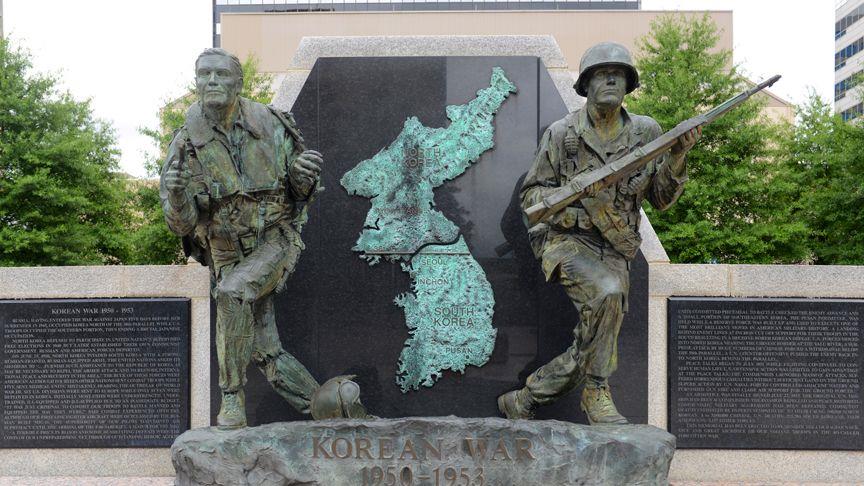This year marks the 70th anniversary of the signing of the armistice ending Korean hostilities. The era ran from June 25, 1950, to Jan. 31 1955; Congress extended the period due to the uneasy peace negotiations after the armistice was signed in 1953.
Since the beginning of the 20th century, Korea had been a part of the Japanese empire, and after World War II it fell to the Americans and the Soviets to decide what should be done with their enemy’s imperial possessions. In August 1945 they decided to divide the peninsula in half along the 38th parallel. The Russians occupied the area north of the line and the United States occupied the area to the south.
By the end of the decade, two states had formed on the peninsula. In the south, the anti-communist dictator Syngman Rhee enjoyed the reluctant support of the American government; in the north, the communist dictator Kim II Sung enjoyed the slightly more enthusiastic support of the Soviets. Neither dictator was content to remain on his side of the 38th parallel, however, and border skirmishes were common. Nearly 10,000 North and South Korean soldiers were killed in battle before the war even began. Thus, the North Korean invasion came as an alarming surprise to American officials, they realized that this was not simply a border dispute. Instead, many feared it was the first step in a communist campaign to take over the world.
President Harry S. Truman responded to the invasion with a so-called police action by assembling a group of international allies to come to the aid of the South Koreans. North Korea had the support of the Soviet Union and China. By September 1950, North Koreans had nearly pushed the UN troops off the peninsula. While the Russians provided military equipment and advisors, they did not engage full-scale in the war. The Chinese sent nearly 250,000 troops into North Korea. By July 1950, American troops had entered the war on South Korea’s behalf.
 |
| Korean War Memorial, Nashville, TN, USA File Photo |
While Truman looked for ways to prevent the war, General MacArthur, however, thought anything short of this wider war represented “appeasement,” an unacceptable knuckling under to the Communists. Finally, in March 1952, he sent a letter to Joseph Martin, a House Republican Leader who shared MacArthur’s support. For Truman, this letter was the last straw. On April 11, the president fired the five star general for insubordination.
6.8 million American men and women served from June 27, 1950 to Jan. 31, 1955. Of them 33,700 died in combat. When the troops came back to civilian life they were mostly ignored due to the fact that Truman labeled the war as simply a “police action.” It also was named the “Forgotten War.”
